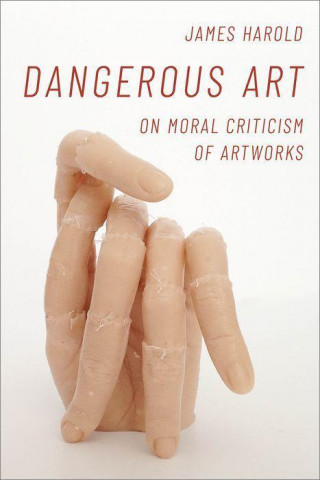
Kód: 32936487
Dangerous Art
Dangerous Art takes up the problem of judging works of art using moral standards. When we think that a work is racist, or morally dangerous, what do we mean? James Harold approaches the topic from two angles. First, he takes up th ... celý popis
- Jazyk:
 Angličtina
Angličtina - Vazba: Pevná
- Počet stran: 206
Nakladatelství: Oxford University Press Inc, 2020
- Více informací o knize

Mohlo by se vám také líbit
-
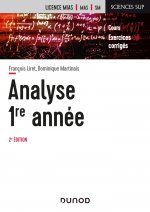
Analyse - Licence 1re année - 2e éd.
940 Kč -

CHRISTMAS BELLS CONCERT BAND/HARMONIE/FANFARE
530 Kč -

Child in Christian Thought
932 Kč -

Fonction 1 Contribution au fonctionnement de la structure ou du service par la mise en oeuvre d'un projet d'animation 2de, 1re, Tle Bac Pro Animation
810 Kč -

First Steps in Coding: What's a Loop?
308 Kč -

Catalogue de Curiosites Militaires de la Garde Du Second Empire
340 Kč -

Das nährstoffdichte Autoimmun-Kochbuch
618 Kč
Darujte tuto knihu ještě dnes
- Objednejte knihu a zvolte Zaslat jako dárek.
- Obratem obdržíte darovací poukaz na knihu, který můžete ihned předat obdarovanému.
- Knihu zašleme na adresu obdarovaného, o nic se nestaráte.
Více informací o knize Dangerous Art
Nákupem získáte 282 bodů
 Anotace knihy
Anotace knihy
Dangerous Art takes up the problem of judging works of art using moral standards. When we think that a work is racist, or morally dangerous, what do we mean? James Harold approaches the topic from two angles. First, he takes up the moral question on its own. What could it mean to say that a work of art (rather than, say, a human being) is immoral? He then steps back and examines how moral evaluation fits into the larger task of evaluating artworks. If an artwork is immoral, what does that tell us about how to value the artwork? By tackling the issue from both sides, Harold demonstrates how many of the reasons previously given for thinking that works of art are immoral do not stand up to careful scrutiny. While many philosophers of art have simply assumed that artworks can be evaluated morally and proceeded as though such assessments were unproblematic, Harold highlights the complexities and difficulties inherent in such evaluations. He argues that even when works of art are rightly condemned from a moral point of view, the relationship between that moral flaw and their value as artworks is complex. He instead defends a moderate, skeptic version of autonomism between morality and aesthetics. Employing figures and ideas from ancient Greece, classical China, and the Harlem Renaissance, as well as William Styron's novel The Confessions of Nat Turner, he argues that we cannot judge artworks in the same way that we judge people on moral grounds. In this sense, we can judge an artwork to be both wicked and beautiful; nothing requires us to judge an artwork more or less valuable aesthetically just because we judge it to be morally bad or good. Taking up complex issues at the intersection of art and ethics, Dangerous Art will appeal to philosophers and students interested in art, aesthetics, moral philosophy, and philosophy of mind.
 Parametry knihy
Parametry knihy
2821 Kč
- Plný název: Dangerous Art
- Jazyk:
 Angličtina
Angličtina - Vazba: Pevná
- Počet stran: 206
- EAN: 9780197519769
- ISBN: 0197519768
- ID: 32936487
- Nakladatelství: Oxford University Press Inc
- Hmotnost: 450 g
- Rozměry: 163 × 243 × 22 mm
- Datum vydání: 22. October 2020
Oblíbené z jiného soudku
-

The Book of Bill
514 Kč -

Gravity Falls Journal 3
435 Kč -

Berserk Deluxe Volume 1
1033 Kč -
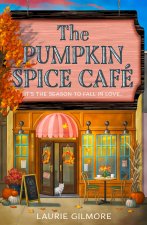
Pumpkin Spice Cafe
376 Kč -

Berserk Deluxe Volume 2
1033 Kč -

White Nights
83 Kč -

It ends with us
195 Kč -

48 Laws Of Power
513 Kč -

A Little Life
259 Kč -

Gilmore Girls: The Official Advent Calendar
723 Kč -

Atomic Habits
340 Kč -

Berserk Deluxe Volume 3
1138 Kč -

Jujutsu Kaisen, Vol. 23
279 Kč -

Surrounded by Idiots
298 Kč -

The 48 Laws of Power
523 Kč -

Berserk Deluxe Volume 4
1165 Kč -

The Official Stardew Valley Cookbook
561 Kč -

Iron Flame
353 Kč -

Berserk Deluxe Volume 5
1115 Kč -
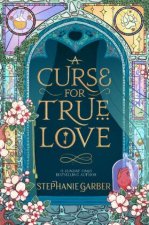
A Curse For True Love
278 Kč -

A Good Girl's Guide to Murder
180 Kč -

It Starts with Us
237 Kč -

Court of Mist and Fury
221 Kč -
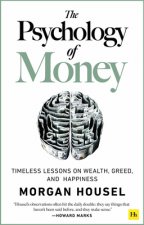
Psychology of Money
396 Kč -

The Husky and His White Cat Shizun: Erha He Ta de Bai Mao Shizun (Novel) Vol. 6
405 Kč -

Powerless
225 Kč -

Chainsaw Man, Vol. 16
282 Kč -

English File: Intermediate: Student's Book with Online Practice
642 Kč -

Berserk Deluxe Volume 6
1086 Kč -

Twisted Hate
259 Kč -

Twisted Love
259 Kč -
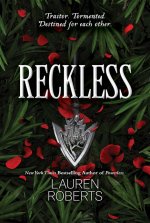
Reckless
259 Kč -

Twisted Lies
259 Kč -

Gravity Falls: Lost Legends
403 Kč -

English File Upper Intermediate Student's Book with Student Resource Centre Pack (4th)
1223 Kč -

Headway: Elementary: Student's Book with Online Practice
599 Kč -

Twisted Games
214 Kč -

Court of Thorns and Roses
218 Kč -
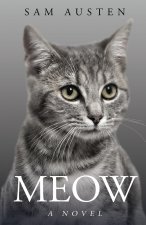
Meow
522 Kč -
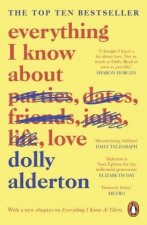
Everything I Know About Love
298 Kč -
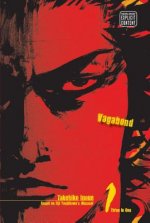
Vagabond (VIZBIG Edition), Vol. 1
513 Kč -
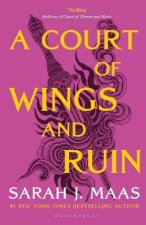
A Court of Wings and Ruin
206 Kč -
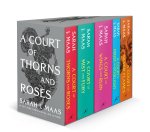
Court of Thorns and Roses Paperback Box Set (5 books)
1265 Kč -

Headway: Elementary: Workbook Without Key
316 Kč -

The Courage To Be Disliked
225 Kč -

SOLO LEVELING V09
447 Kč -

Once Upon A Broken Heart
259 Kč -

The Ballad of Never After
259 Kč -
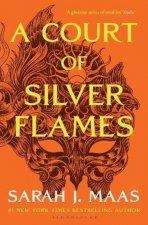
A Court of Silver Flames
214 Kč
Osobní odběr Praha, Brno a 12903 dalších
Copyright ©2008-24 nejlevnejsi-knihy.cz Všechna práva vyhrazenaSoukromíCookies



 Vrácení do měsíce
Vrácení do měsíce 571 999 099 (8-15.30h)
571 999 099 (8-15.30h)